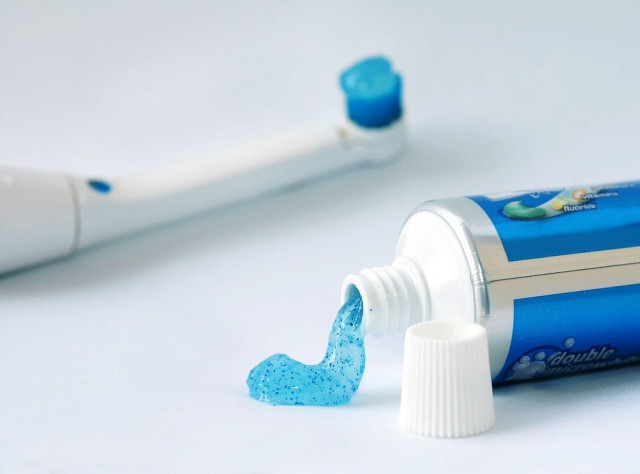
Indoor levels of mercury in 11 dental clinics and dental teaching hospitals in four cities across the country are beyond the international permissible limits, according to a study launched on Wednesday.
Exposure to mercury through breathing in contaminated air or through ingestion can lead to mercury poisoning.
The higher levels of mercury pose health risks to the medical staff and patients at these dental sites, said researchers who conducted the study at the Sustainable Development Policy Institute (SDPI).
SDPI researchers monitored mercury levels in air at a total 36 dental sites in Rawalpindi, Islamabad, Peshawar and Lahore.

The study revealed that 11 sites were “most contaminated” with the levels of mercury beyond the 300 nanograms per cubic metre prescribed by the United States Environmental Protection Agency.
Five of these dental sites are in Rawalpindi and Islamabad. One general hospital in Rawalpindi and Islamabad each was also found to have mercury air levels beyond the prescribed limit.
Mahmood Khawaja, a senior adviser at the SDPI, said, “Some of the dental students were handling mercury very carelessly. They were adding mercury to the amalgam as if they were adding sugar to a tea cup.”
One of the researchers Maryam Abbasi said, “They (staff and students) do not switch on exhaust fans, they do not open windows and they do not follow standard operating procedures for mixing Mercury amalgam,” she said.
Khawaja said waste reduction and better cross-ventilation could reduce the elevated levels by 50 per cent.
Capsulated mercury amalgam which does not involve manually preparing fillings can further decrease levels by 80 per cent, he said.
The current study relied on a spot measurement technique and the SDPI will try to conduct detailed exposure studies of the dental sites to show a daily trend of variations in mercury levels, he added.

The study also calls for mercury-specific legislation, indoor air quality standards and ratification of the Minamata Convention on Mercury. The research aimed to identify mercury “hot spots” in the four cities.
The SDPI has not released the names of the sites due to a confidentiality agreement, however, suggestions have been passed to the institutions.
Mercury is also found in amalgam dental fillings, thermometers and fluorescent lamps.
Coal-burning power plants are a major source of mercury emissions in the air.
Published in The Express Tribune, June 7th, 2013.

















COMMENTS
Comments are moderated and generally will be posted if they are on-topic and not abusive.
For more information, please see our Comments FAQ